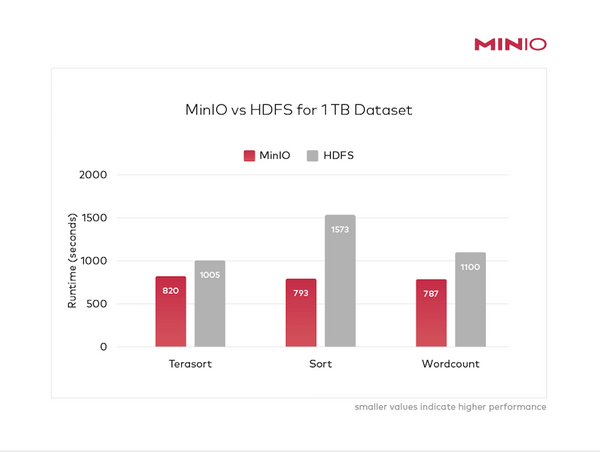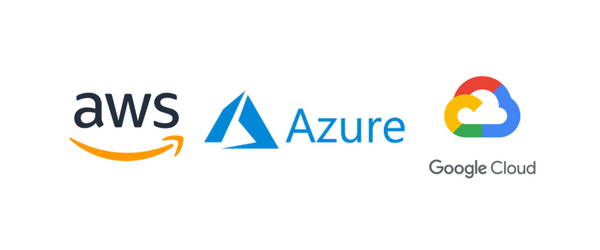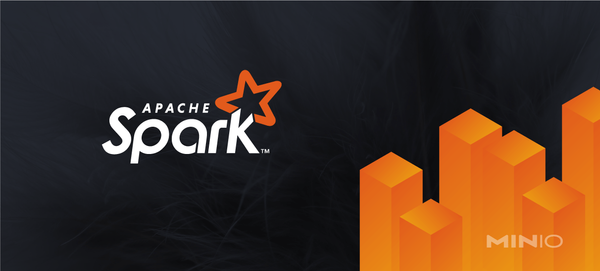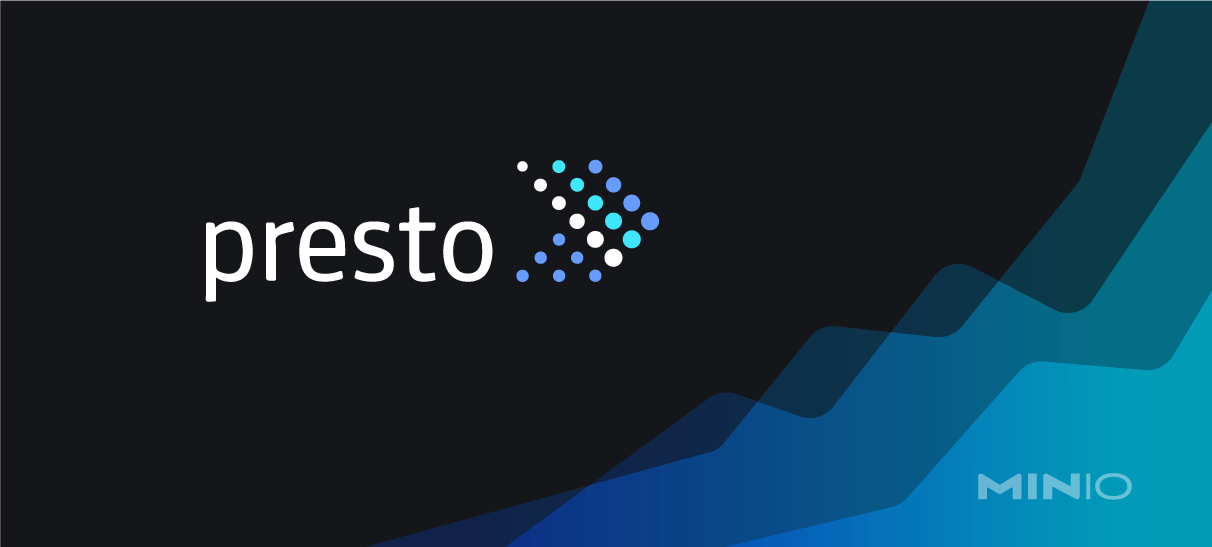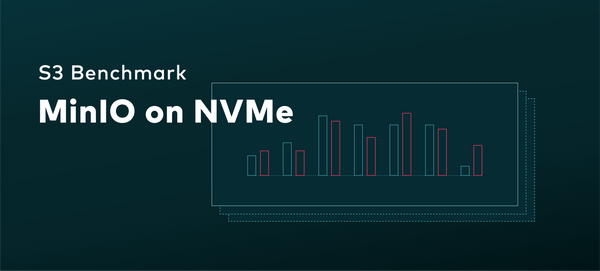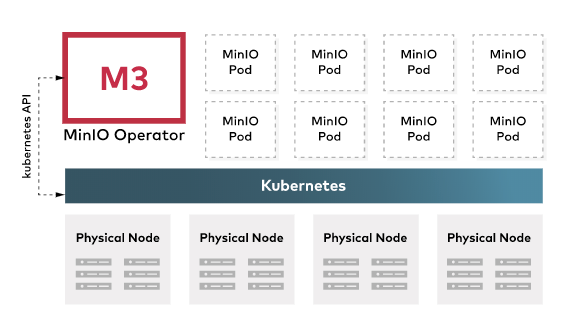
Most developers don’t love managing infrastructure — including storage infrastructure. One of the great things about Kubernetes is the ability to simplify infrastructure management so that developers can focus on creating applications and let Kubernetes handle orchestration.
Kubernetes does not natively manage storage infrastructure — but using MinIO and Kubernetes together can help provide the storage that applications need with the
Read more

As data has grown, so has the challenge associated with moving it. Indeed, the
bandwidth costs to migrate a PB of data out of AWS would be more than keeping it
there for years. Still, customers often need to move large amounts (100s of TBs
up to PBs) with some frequency.
Amazon knows this and has, in their intensely customer
Read more

The hyper-connected Philipe Nicolas [https://www.linkedin.com/in/phnicolas/] is
the editor of the Storage Newsletter [https://www.storagenewsletter.com/]. Each
year he asks the leaders in the industry to weigh in with their predictions
[https://www.storagenewsletter.com/?s=predictions] on what will transpire in the
coming year. The list of companies is long and the respondents are
Read more
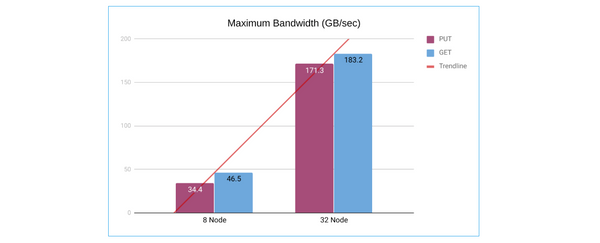
MinIO provides the best-in-class performance as we have repeatedly shown in our previous benchmarks. In those benchmarks, we chose the highest-end hardware and measured if MinIO could squeeze out every bit of the resources afforded it. This proved two key points:
1. Ensuring that MinIO utilizes the maximum possible CPU, Network, and Storage available.
2. Ensuring that MinIO is NOT
Read more

This year’s Kubecon was the biggest yet on almost every vector: attendance, announcements and keynotes :). In between all of that were some stark themes on the state of the movement, the evolving vendor landscape and the challenges ahead. While there are some great summaries, we wanted to share our thoughts on what we saw and what we think the
Read more

As a general rule, when people think about object storage they think about one thing — the price per TB/GB. Though a legitimate cost metric, it has the effect of making object storage one-dimensional and relegates it to archival use cases. Further, it distorts the value associated with this increasingly important part of the enterprise tech stack.
Frankly, the legacy
Read more
The fact that MinIO is fast is not a secret. We routinely publish our benchmarks and have put out comparision work against HDFS and AWS (Spark + Presto) in addition to our HDD and NVMe numbers.
We recently discovered the availability of large NVMe instances on AWS. Larger than we have ever seen in fact. We procured 32 units of i3en.
Read more

If you handle data of any kind, you have to worry about data security. This is true for multinational banks; it’s also true for small and medium-size businesses. Encryption should never be your only line of defense against malicious actors, but it is one of the most basic security best practices that every organization should consider essential.
However, not
Read more

Splunk’s .Conf event is pretty remarkable. Not only is it the “geek prom” for Splunkers, it also an opportunity to take stock of where we are on the enterprise analytics journey. Here are our top four takeaways from the event and some thoughts on what the next few quarters hold.
1. Splunk grasps the accelerating growth of data and
Read more

For Cloud Native, Architecture Matters
The term ‘cloud native’ is widely used in technical circles but doesn’t have a particularly clear definition. The confusion lies in the fact that being ‘cloud native’ has little to do with the environment your application is deployed to—the term is equally applicable to on-premise or the public cloud. Rather, the term refers
Read more

Gartner just released their Magic Quadrant for Object Storage and Distributed File Systems, and they have an elite list of companies on their “Vendors to Watch” list. MinIO is on this highly selective list for the second year and we are delighted that Gartner continues to recognize our leadership in the space.
MinIO is pioneering the concept of high-performance object
Read more
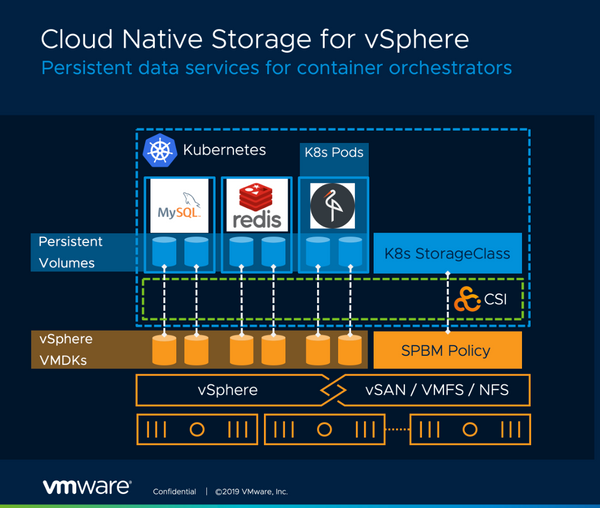
Perhaps the biggest takeaway from VMworld was the “all in” bet that VMware is making on Kubernetes. VMware wasn’t shy about its ambition, with CEO Pat Gelsinger stating that “We will be the leading enabler of Kubernetes.”
This reflects the reality of the market. Kubernetes has become the industry standard. Furthermore, Kubernetes has grown into more than just orchestration,
Read more
Synopsis: A denial-of-service (DoS) possibility against the MinIO server was
discovered and has been fixed in RELEASE.2019-08-07T01-59-21Z.
Severity: Medium
Who is affected: All users of the MinIO server version
RELEASE.2019–03–06T22–47–10Z or newer are affected. Further, all users of the
MinIO gateway version RELEASE.2019–03–06T22–47–10Z or newer using STS are
affected
Read more

We approach things differently here at MinIO.
When we started in 2014, we questioned everything about the object storage market as we built our product - thinking more like a data company than a storage company. We did it from scratch, using engineering first principles, an extraordinary attention to detail and a relentless pursuit of simplicity.
We paid careful attention
Read more












